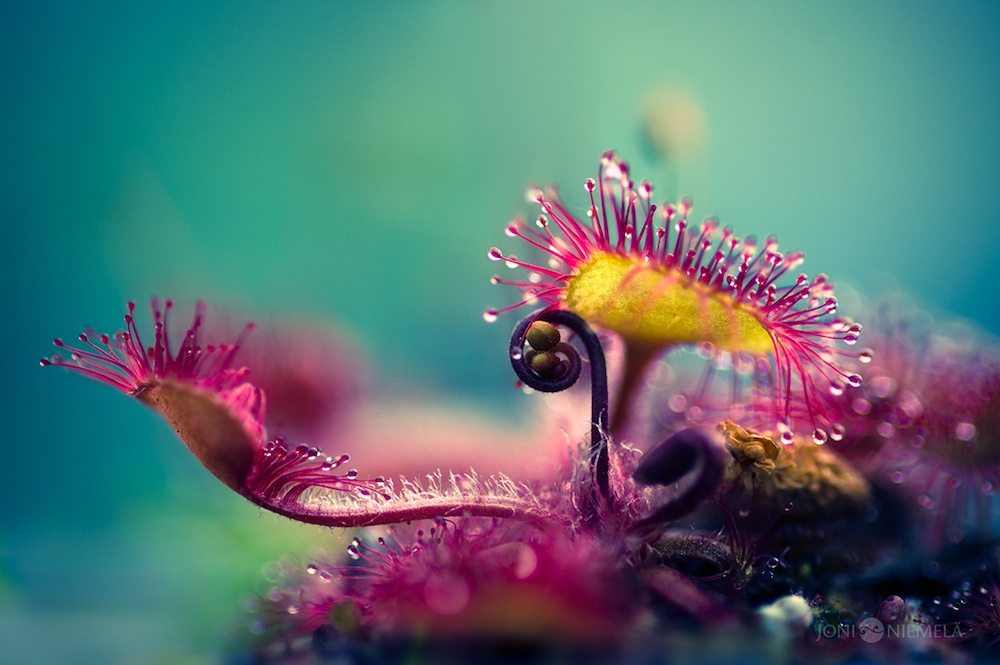BREAKING NEWS
LATEST POSTS
-
1500+ free HTML templates
HTMLrev by Devluc provides free HTML website templates built with vanilla CSS, Bootstrap, Tailwind, React, Vue, Nextjs, Nuxt, Svelte, Gatsby, Laravel, Astro and more.
- All templates are free for both personal and commercial projects including client work
- Packages that require more than an email or signup for download are not featured
- Items are checked to look good, have Live Previews and no responsive issues
-
STL2PNG Converter
Convert STL files to PNG heightmap images for use with 3D printing.
https://fenrus75.github.io/FenrusCNCtools/javascript/stl2png.html
-
KeenTools FaceTracker for Blender (Beta)
https://medium.com/keentools/facetracker-for-blender-guide-4779590cb873
https://medium.com/keentools/facetracker-for-blender-guide-4779590cb873
https://keentools.io/products/facetracker-for-blender?utm_source=youtube&utm_medium=guide
-
Francisco Contreras – vinavfx / nuke_comfyui
It connects Nuke with the ComfyUI server, any plugin that comes out in ComfyUI can be used in nuke, rotos with sam, rescaling, image generation, inpaintins, normal generator, the nodes are IPAdapter, ControlNet, AnimateDiff, Flux etc.
https://github.com/vinavfx/nuke_comfyui
FEATURED POSTS






